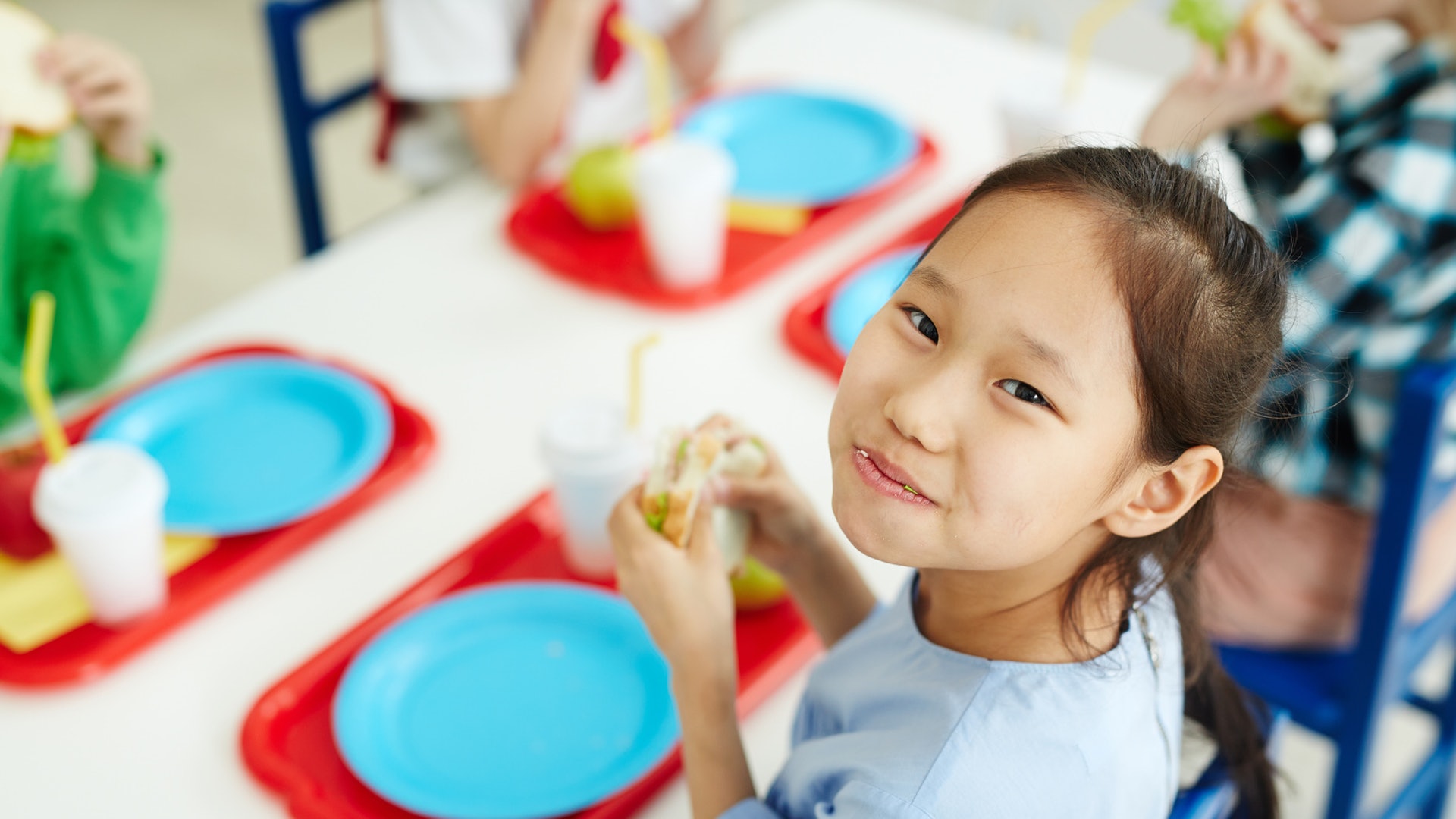Get kids with food allergies ready for back to school with these tips
August 13, 2018


By Staff Writer - Raising Austin
When your kid has a food allergy, diabetes or another life-threatening condition, back to school can be stressful. What will happen if your kid with a peanut allergy accidentally sits next to the kid with the peanut butter and jelly sandwich and gets exposed to peanut butter? What will happen if your kid with celiac disease is offered a birthday cupcake or is told something is gluten-free and it's not? Or if your kids with diabetes has a low blood sugar moment?
Dr. BJ Lanser, who is the director of the Pediatric Food Allergy Program at National Jewish Health, offered these tips about managing food allergies, that could be applied to other conditions as well:
- Meet with school staff members: Set up meetings with principals, teachers, nurses and cafeteria staff. This ensures that everyone is informed and prepared and allows a parent to understand how a child's school manages food allergies.
- Create a written plan: Work with an allergist to develop an action plan that outlines all necessary information on your child’s allergy, including how to prevent accidental exposures and how to recognize and treat symptoms of an allergic reaction.
- Post pictures: Tape pictures of your child to the classroom wall with information on their allergies to alert anyone that comes into the room. You can also post one on your child's desk, which can serve as a secondary reminder when snacks are served.
- Make safe snacks: Pack allergen-free snacks for your child in case someone brings in a treat for the class. Send the snacks to school with a label specifying that they are safe, or leave some with their teacher so your child won't feel left out during classroom celebrations.
I've also written about how to handle school issues when you have a child with a gluten intolerance or Celiac's disease. A lot of the same principles would apply to any food allergy or intolerance. Some of the suggestions:
- Have approved snacks at school for the teacher to give out if there is a cupcake day.
- Educate the teacher and the classes parents about why your child can't have the cupcake and offer parents solutions of what they could bring for your child.
- Empower kids to be their own advocate and understand what they can and cannot have.
We've also gathered tips from chef Amy Fothergill, who has kids with gluten allergies and has a gluten-free cookbook. She suggests:
Have good communication with teachers and other parents. Be vocal about what your child's food needs are and be proactive about finding solutions. However, don't expect that the teacher or parent will change what they are planning to suit your child. It's nice when it happens, but not realistic to depend on that.
Try to pre-plan with similar food alternates. Fothergill finds out ahead of time when there will be a party at school or what a birthday party host will be serving. If it's not what her children can eat, she will make her children the gluten-free, dairy-free, egg-free equivalent if that is possible. A teacher even asked her to make the whole class gluten-free spaghetti for an event so that it wouldn't be an issue.
Try to always have food on-hand. Fothergill keeps a freezer of food, especially baked goods for parties. She also sets up teachers with either pre-packaged cookies or frozen cupcakes they can keep in the freezer at school for when parties happen. Of course, on the occasion when her kids don't have access to an alternative, they learn that they can't always get what the want," she says. "Sometimes you have to wait."
Eat before an event. If her kids are headed to a play date, she has them make a gluten-free sandwich beforehand. If there aren't good choices at the event, they won't be hungry.
Bring something with you. She also tries to have snacks on-hand wherever they go.
Learn where there could be cross-contamination. They stopped eating things like corn chips and fries because of the cross-contamination that happens when a restaurant fries the onion rings or the chicken nuggets in the same fryer as the chips or the fries. She's also learned to always ask questions even if you would think something like a risotto would be gluten-free, but you find out that that particular chef puts flour in his risotto. She's also learned to look at beauty products as well.
And again: Empower kids to be their own advocates. It gets easier with time, but her kids have learned how to talk to adults and their friends about their food needs. "It makes them independent," she says.
« Back to News
